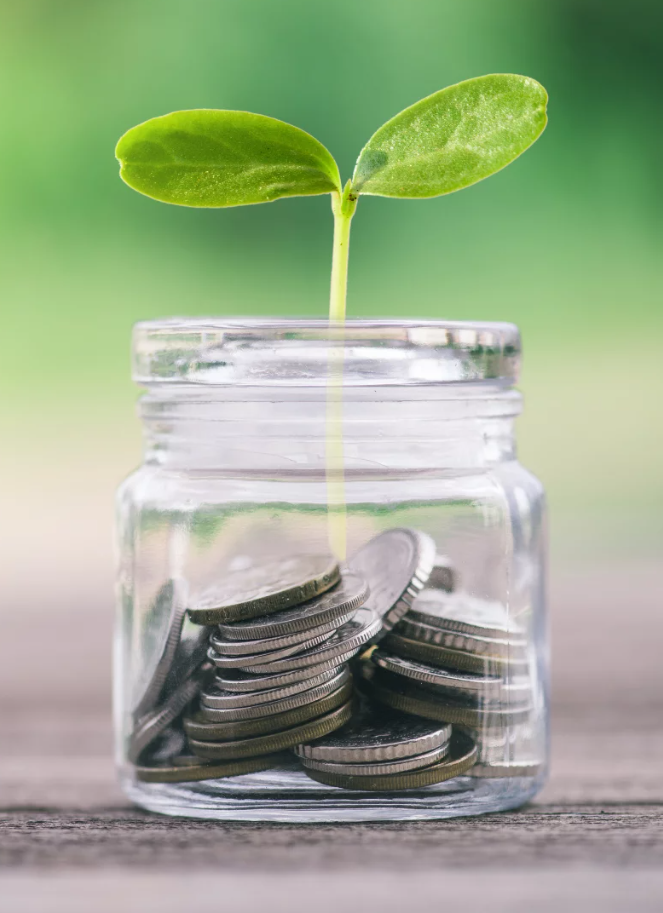In a world where financial acumen is increasingly vital, understanding the nuances of managing money can make a significant difference. Among the myriad of terms and concepts in this realm, two often-misunderstood and sometimes interchangeably used terms stand out: frugal and thrifty. These terms, rooted deeply in the lexicon of personal finance, carry subtle yet profound differences that can shape one’s approach to financial well-being. Especially in contexts like bad credit debt relief, where every penny saved matters, distinguishing between frugality and thriftiness becomes crucial.
Frugality: A Creative Symphony with Resources
At its heart, frugality is an art form – a creative symphony with resources. A frugal person approaches resources, be it money, time, or material goods, with a mindset akin to a master composer. They see potential in the mundane, crafting an orchestra of savings and efficiency out of everyday decisions.
Consider the case of Eliza, a graphic designer from a small coastal town. Faced with a shrinking budget, she turned to frugality not just to save money but to redefine her lifestyle. She started by repurposing old furniture, giving it a new life with a bit of paint and imagination. Her approach wasn’t merely about spending less; it was about valuing resources differently. Her frugality became a canvas where necessity met creativity, leading to a sustainable and fulfilling way of living.
Thrifty Living: The Strategic Game of Resources
Thrifty living, on the other hand, is more like a strategic game played on the chessboard of resources. It’s about making calculated moves to optimize what you have. Thriftiness doesn’t necessarily involve cutting corners but rather strategically allocating resources to maximize value and efficiency.
Take, for instance, the story of Akio, a retired teacher who turned his thrifty mindset into a community movement. Akio meticulously planned his grocery shopping, aligning store sales with seasonal produce to get the best deals. His strategic approach extended beyond personal savings; he started a community group teaching others how to shop smartly, turning thriftiness into a shared value that benefitted many.
Frugal vs. Thrifty: The Philosophical Underpinnings
Diving deeper, the distinction between frugal and thrifty living can also be seen in their philosophical underpinnings. Frugality is often driven by a desire for simplicity and a conscious effort to minimize waste. It’s a lifestyle choice that aligns with broader values like environmental sustainability and mindful living. Thriftiness, conversely, is more closely tied to the notion of prudent financial management and value maximization.
In the realm of bad credit debt relief, these nuances become particularly significant. A frugal individual may choose to tackle debt by reducing consumption and reusing resources, whereas a thrifty person might focus on negotiating payment terms or finding the best interest rates.
Balancing Frugality and Thriftiness in Modern Life
In modern life, where the pressures of consumerism and the allure of instant gratification are constant, balancing frugality and thriftiness becomes a juggling act. It’s about knowing when to be frugal – to creatively use what you have – and when to be thrifty – to make strategic decisions that maximize value.
One could draw an analogy with a gardener tending to a diverse garden. Just as a gardener knows when to water and when to prune, a wise financial steward understands when to adopt frugality and when to leverage thriftiness. Each approach, in its own right, can lead to a healthier, more vibrant financial garden.
Conclusion: Embracing a Holistic Financial Perspective
In conclusion, while frugality and thriftiness are often seen as mere synonyms in the dictionary, their real-world applications paint a more diverse and nuanced picture. By understanding and embracing both concepts, individuals can navigate the complexities of personal finance with greater ease and efficacy. Whether it’s through the creative reuse of resources or strategic financial decisions, frugality and thriftiness together offer a robust toolkit for anyone aspiring to a more financially sound and sustainable lifestyle.














